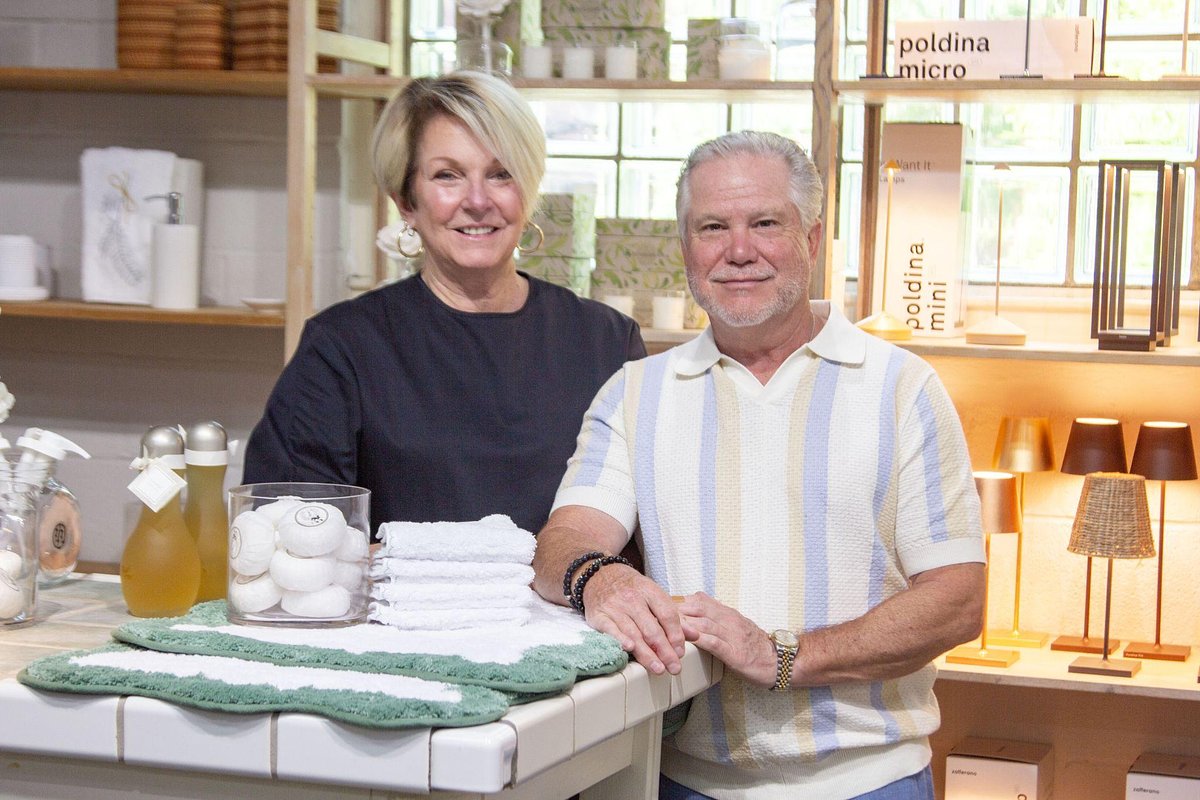
Beyond the Thread Count: Decoding Luxury Bedding & the Rise of ‘Edvertising’
For decades, thread count has been the gold standard for luxury sheets. But is it a myth? We investigate the science of sleep comfort, sustainable bedding, and a new content marketing model blurring the lines between news and advertising.
Beyond the Thread Count: Decoding Luxury Bedding & the Rise of ‘Edvertising’
NEW YORK, NY – October 28, 2025
The Myth of Thread Count Unraveled
For generations, consumers have been led to believe that a higher thread count automatically equates to superior quality bedding. But a growing chorus of industry experts is challenging this long-held assumption, arguing that the focus on thread count has obscured more crucial factors like fiber quality and weave construction. Recent articles debunking the myth have sparked debate, prompting a re-evaluation of how we assess luxury in the bedroom.
“The thread count game really took off about two decades ago,” explains one textile industry veteran. “Manufacturers started inflating numbers by using multi-ply yarns and counting each strand individually. It became more about marketing than actual quality.”
While a higher thread count isn’t always detrimental, experts agree that it's often a misleading metric. Long-staple cotton, such as Egyptian or Pima, consistently outperforms short-staple cotton regardless of thread count. These longer fibers create a smoother, stronger, and more durable fabric. “The quality of the fiber is paramount,” states a materials scientist specializing in textiles. “You can have a sheet with a lower thread count made from exceptional long-staple cotton that feels far superior to a high thread count sheet made from inferior fibers.”
Beyond fiber quality, the weave construction—whether percale or sateen—significantly impacts comfort and performance. Percale, with its matte finish and crisp feel, is known for its durability and breathability. Sateen, on the other hand, boasts a silky smooth texture and a luxurious drape, though it may be less durable.
The Science of Sleep Comfort & Sustainable Bedding
The pursuit of optimal sleep has fueled a demand for higher-quality bedding, pushing manufacturers to focus on materials science and innovative construction techniques. Beyond comfort, there's a growing emphasis on sustainability and ethical sourcing. Consumers are increasingly seeking bedding made from organic cotton, linen, or other eco-friendly materials, as well as products manufactured using responsible labor practices.
“We’re seeing a shift towards conscious consumerism,” notes a retail analyst specializing in the home goods sector. “People are willing to invest in products that are not only comfortable and luxurious but also align with their values.”
One company, Opulence of Southern Pines, has positioned itself as a curator of high-quality bedding, emphasizing materials and craftsmanship over sheer thread count. The company’s owners, Tanda and Neal Jarest, have spent decades sourcing exceptional linens and building relationships with skilled manufacturers. “Everything here is curated,” says Tanda Jarest. “Nothing goes in here unless I've used it.”
This emphasis on curation reflects a broader trend towards personalized luxury, where consumers seek unique, high-quality items that reflect their individual style and preferences. It also speaks to a desire for authenticity and transparency, as consumers become more discerning about the origins and production processes of the products they buy.
The Rise of ‘Edvertising’ & Blurring Editorial Lines
Recently, articles highlighting these quality factors and debunking the thread count myth appeared on HelloNation, a media platform utilizing a business model they term “edvertising.” This approach blends educational content with business promotion, aiming to connect readers with trusted professionals and businesses. While positioned as a way to build trust through informative content, this raises questions about editorial independence and potential bias.
HelloNation explicitly states its goal of “connecting readers with trusted professionals,” signaling a commercial underpinning to its editorial strategy. Experts in media ethics caution that while “edvertising” can be a legitimate marketing strategy, it’s crucial for consumers to recognize the inherent conflict of interest.
“The problem isn’t necessarily that the content is promotional,” explains a professor of journalism specializing in media ethics. “It’s that the line between editorial content and advertising becomes blurred. Consumers need to be able to distinguish between objective reporting and sponsored content.”
The success of platforms like HelloNation hinges on maintaining consumer trust. If readers perceive the content as overly promotional or biased, it could erode their confidence in the platform and the brands it features. Transparency and disclosure are essential for mitigating this risk.
The shift toward “edvertising” reflects a broader trend in the media landscape, where traditional advertising models are being disrupted by new technologies and consumer behaviors. As audiences become more skeptical of traditional advertising, brands are seeking more authentic and engaging ways to connect with consumers.
